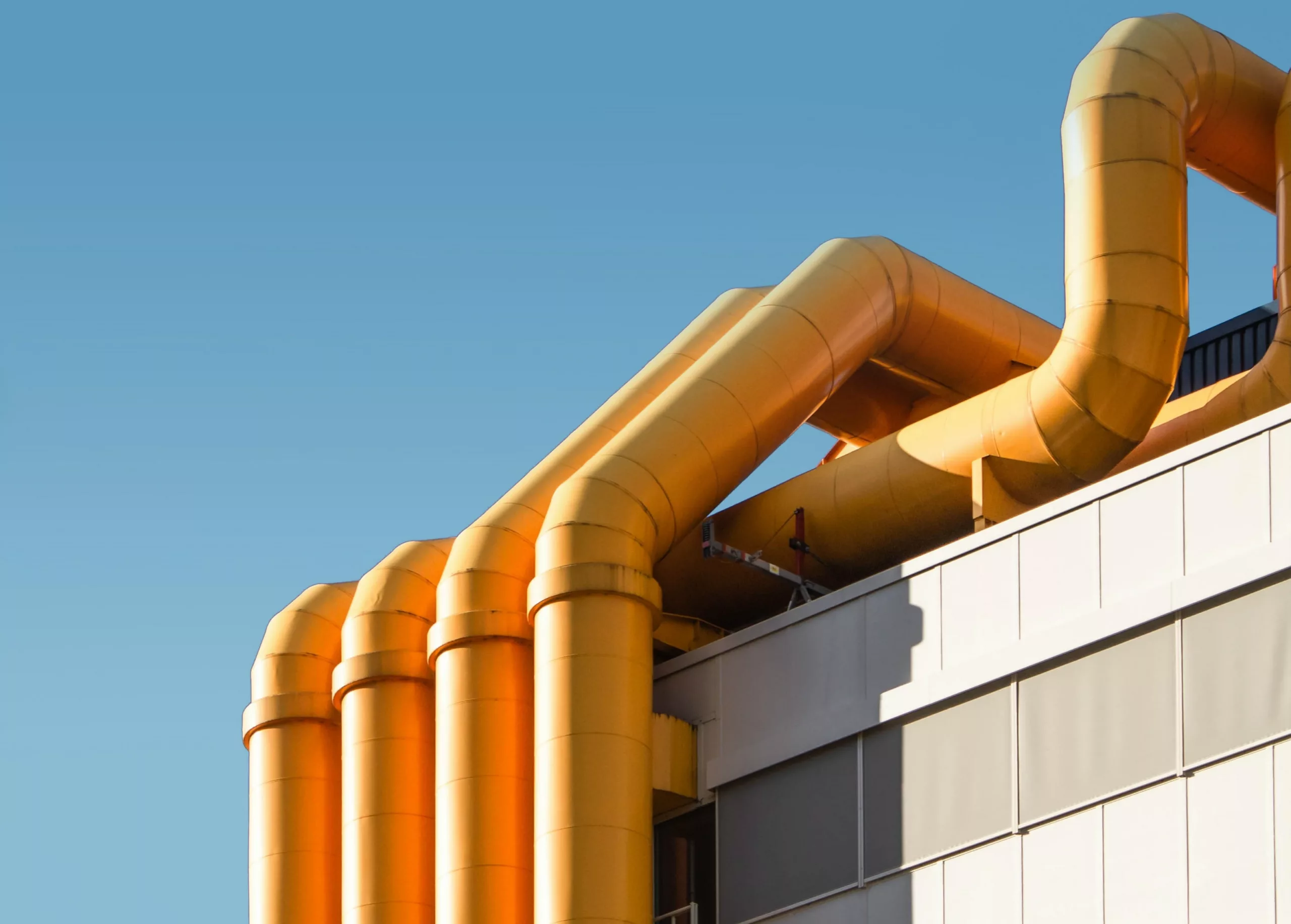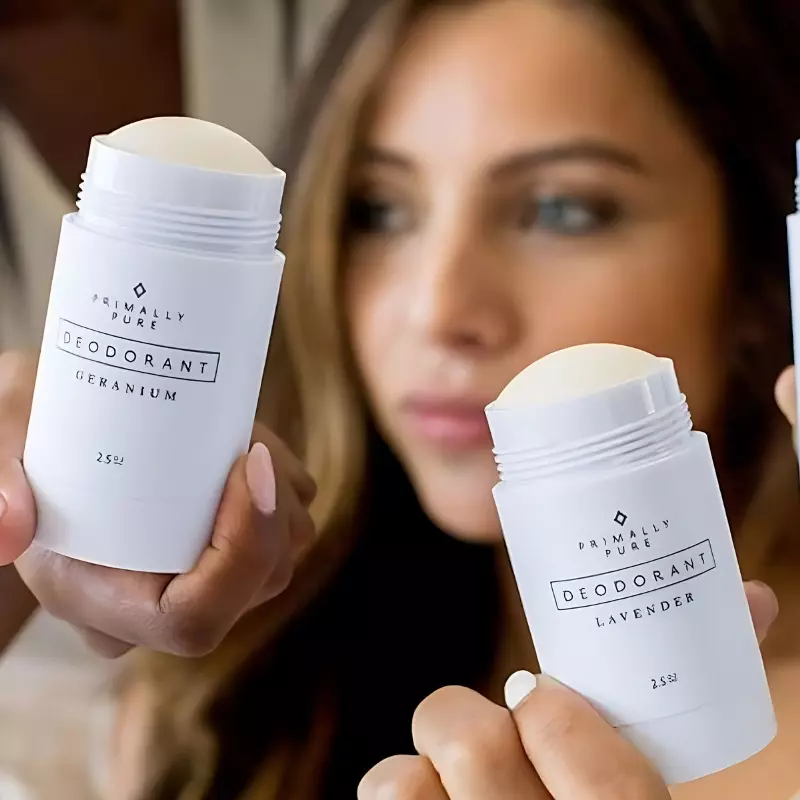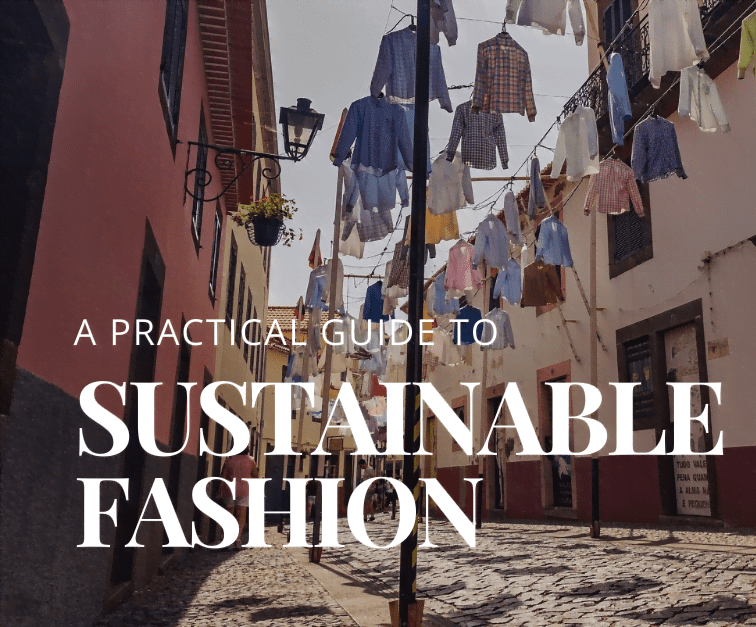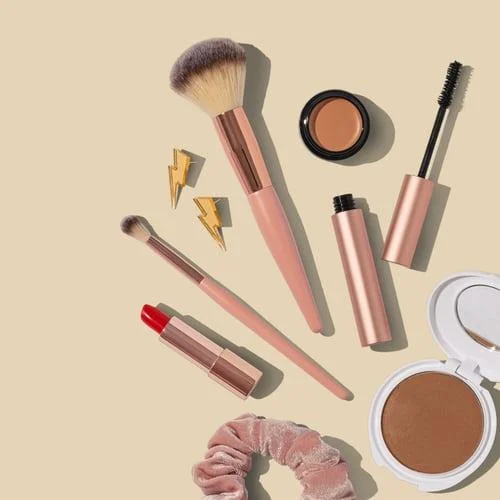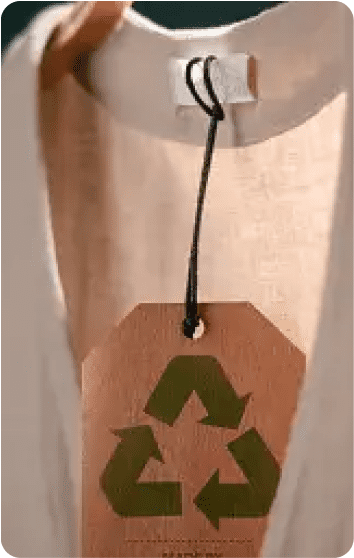Polyvinyl Chloride, commonly known as PVC, is a versatile material that has found its way into various industries. From the toys our children play with to the pipes that carry water to our homes, PVC material is everywhere. Understanding its lifecycle, from its production to its disposal, is crucial for both manufacturers and consumers aiming for sustainable choices.
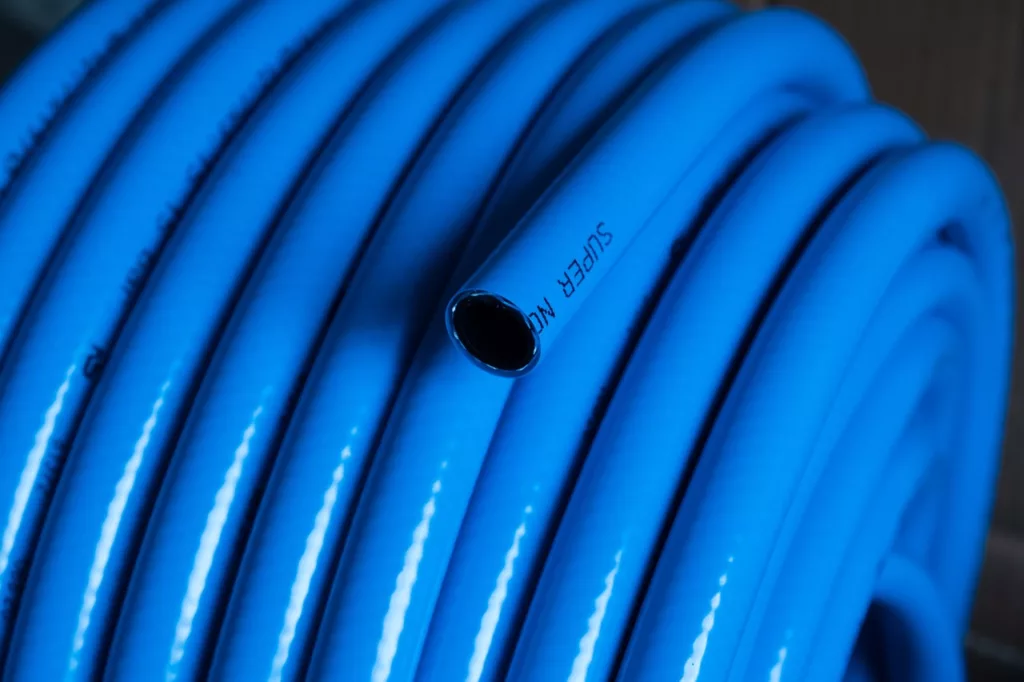
The History and Production of PVC Material
The discovery of PVC dates back to the 19th century. Initially regarded as a rigid and brittle material, it wasn’t until the 20th century that PVC’s potential was fully realized. Over the years, advancements in technology and the addition of plasticizers transformed PVC, making it a popular choice in modern production methods. The raw materials used, primarily salt and oil derivatives, undergo a series of chemical processes to produce the flexible and durable PVC we know today.
The Applications of PVC
PVC’s applications are vast and varied. From construction materials like pipes and window frames to medical devices and fashion accessories, PVC’s presence is undeniable. Its benefits, such as durability, cost-effectiveness, and versatility, make it a preferred choice in many industries. In the automotive sector, PVC material is used for car interiors and insulation. In healthcare, the flexibility and resistance of PVC material to chemical breakdown make it ideal for blood bags and tubing.
However, like all materials, PVC comes with its drawbacks. One of the significant concerns is the release of toxic chemicals during its production and when it’s burned. This has led to increasing scrutiny and calls for more sustainable alternatives.
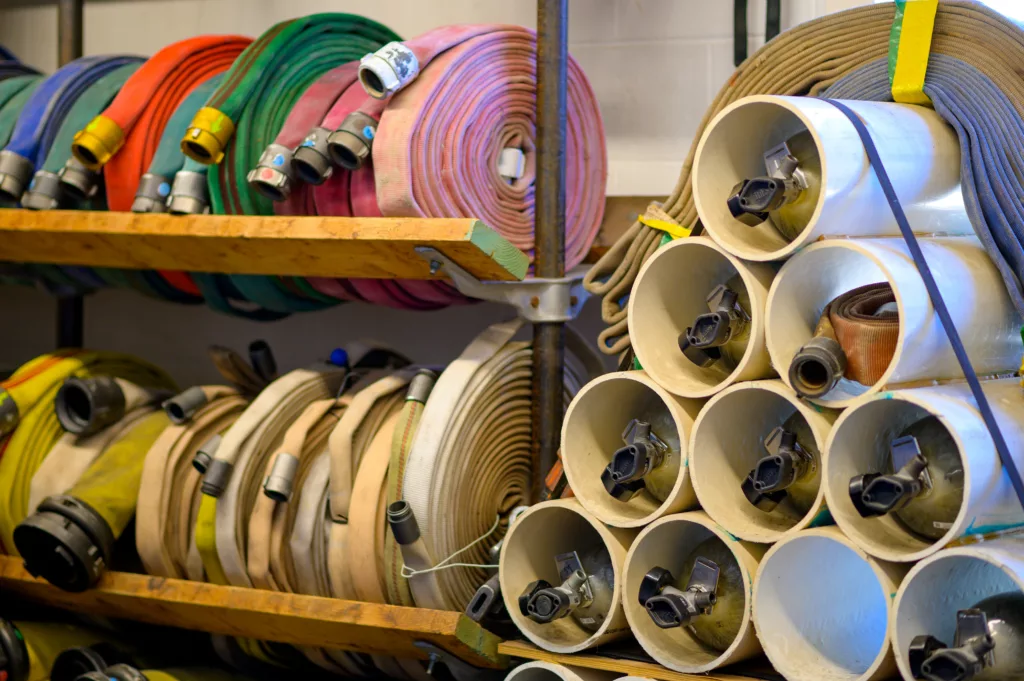
PVC’s Environmental Impact
The production of PVC material is associated with certain emissions that can be harmful to the environment. Chlorine, a primary component, has been linked to ozone layer depletion. Moreover, the waste generated from PVC products, if not managed correctly, can lead to significant environmental challenges. When PVC breaks down, it releases toxic chemicals, which can harm aquatic life and enter the food chain.
Recycling PVC, though possible, presents its set of challenges. The presence of various additives in PVC products makes recycling a complex process. However, with advancements in technology, more efficient recycling methods are emerging, reducing PVC’s environmental footprint.
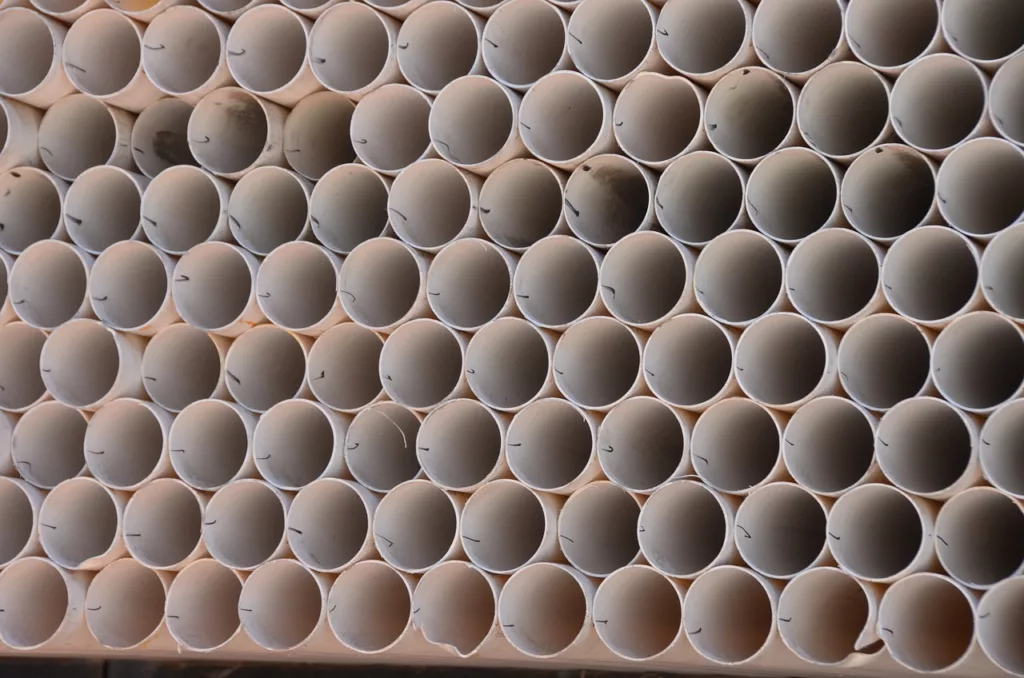
Disposal and Recycling of PVC Material
When it comes to PVC disposal, there are a few methods currently in practice. Landfills, incineration, and recycling are the primary means of managing PVC waste. While landfills are the most common method, they are not the most sustainable. Incineration releases toxic chemicals, making it a less favored option.
Innovations in PVC recycling are continually emerging, aiming to address the challenges in recycling this material. New methods focus on breaking down PVC at a molecular level, allowing for the removal of additives and the production of pure PVC. This can then be reused, reducing the need for new raw materials.
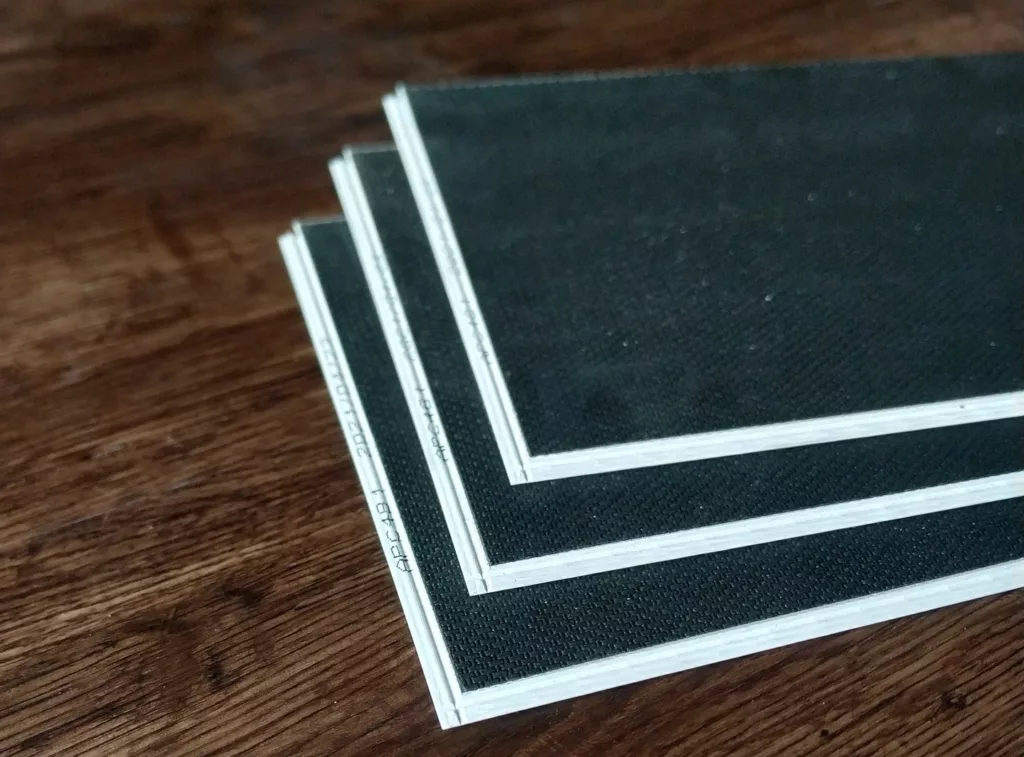
Alternatives to PVC Material
With the increasing emphasis on sustainability, several eco-friendly alternatives to PVC are gaining traction. Materials like bioplastics, made from natural resources like cornstarch and sugarcane, offer a more sustainable solution without compromising on quality. These alternatives, while promising, come with their set of pros and cons. For instance, while bioplastics are biodegradable, they require agricultural land, which could otherwise be used for food production.
Other alternatives include natural rubber, hemp, and jute. Each of these materials has its unique properties, making them suitable for specific applications. As research continues, it’s likely that more sustainable and efficient alternatives to PVC will emerge.
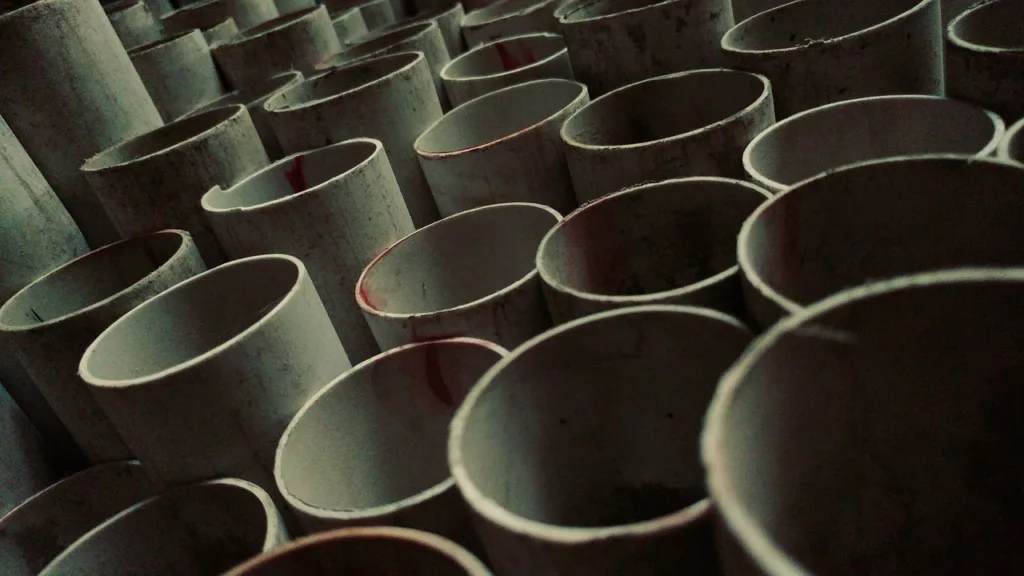
Conclusion
The journey of PVC, from its production to its disposal, is a testament to human ingenuity and the challenges of sustainable development. As we move forward, the call for conscious consumerism becomes louder. By understanding materials like PVC and their impact, we can make choices that are not only beneficial for us but also for our planet.
The future holds promise, with innovations in recycling and the emergence of sustainable alternatives. As consumers, it’s our responsibility to stay informed and make choices that align with a sustainable and eco-friendly future. Make that choice today and bring home sustainable alternatives from our eco-friendly store!
Want to read more like this?
Get similar stories and a free sustainability checklist delivered to your inbox.
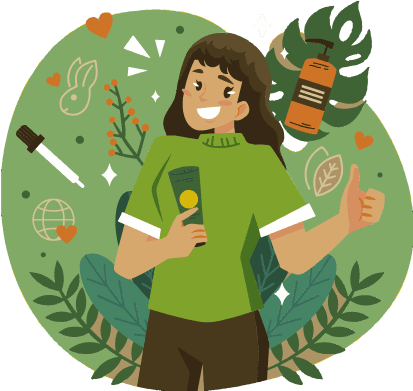
Like our content?
Get similar stories and a free sustainability checklist delivered to your inbox.


